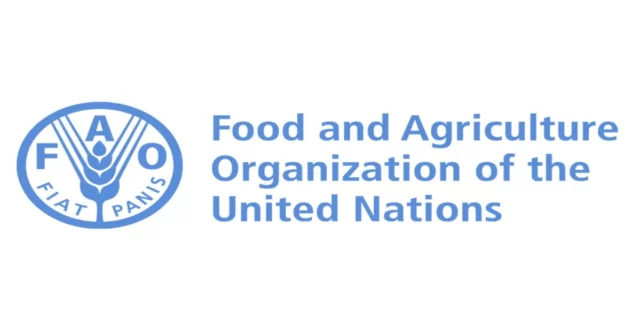The United Nation’s Food and Agriculture Organization has called for an urgent response to avian influenza cases.
The UN agency has stressed the need to respond to the alarming rise in such cases in humans and animals across the Asia-Pacific.
In addition, the UN FAO said that H5N1 virus has spread more widely than ever before.
Spread of the Virus
The virus has reaching as far as South America and Antarctica and infected new wild and domestic animals
Kachen Wongsathapornchai, regional manager of the FAO’s Emergency Centre for Transboundary Animal Diseases, flagged a rise in human cases and the virus spreading to new animal species.
“The emergence of novel A/H5N1 strains, which are more easily transmissible, increases the pandemic threat. Immediate, coordinated preventive measures are essential.”
The UN agency counted that 13 new human infections reported in Cambodia since late 2023, with additional cases in China and Vietnam.
For instance, Indonesia and the Philippines are facing heightened security due to its diverse ecological landscape and limited biosecurity measures.
Outbreaks in India and Nepal
Moreover, India, Nepal and Bangladesh are battling outbreaks, the UN agency added.
It urged member nations to work together to implement comprehensive surveillance systems, including full genome sequencing, to track the virus’s spread and evolution.
It also called on governments, international organizations and the private sector to share information transparently, and stressed the need for the poultry industry to strengthen biosafety measures.
Bird flu spreads to farmed animals from wild birds.
The H5N1 strain of avian flu has swept the globe in recent years.
Loss Of Lives
This strain has killed billions of farmed and wild birds and is spreading to tens of mammal species.
Australia, which is dealing with three parallel outbreaks of bird flu, reported a human H5N1 case in May.
Earlier this year, a Chinese woman died from a rare H3N8 subtype of avian influenza.
This was the world’s first death from the strain.
Scientists tracking the bird flu spread are concerned that surveillance gaps may keep them several steps behind a new pandemic.
Delhi based journalist pickled in journalism. Have reported from nine world capitals and almost all parts of India. Over the last three decades, I have worked for India’s mainstream English dailies and contributed to All India Radio, Doordarshan and Women’s Feature Service. Also worked for international media including Japan’s leading newspaper, The Asahi Shimbun and done assignments for The Sunday Times, London, The Telegraph, The Guardian and the Canadian Broadcasting Corporation. Worked in the Embassy of France in New Delhi and can speak French to save my life. Write on Diplomacy, Politics and the social sector. Love Nature, heritage, Nature, animals and vintage cars. Enjoy cycling and playing badminton.





